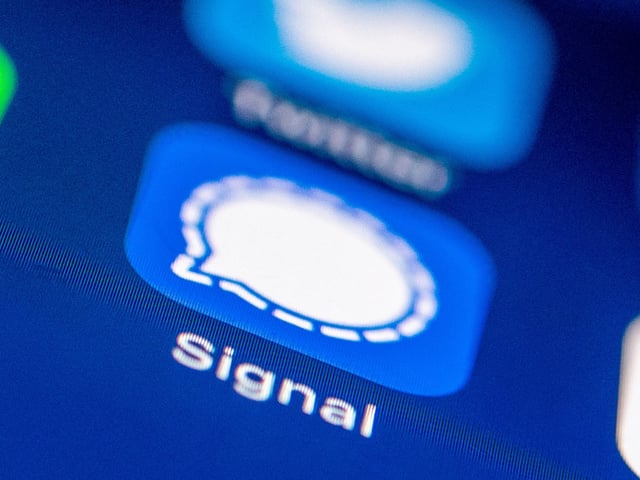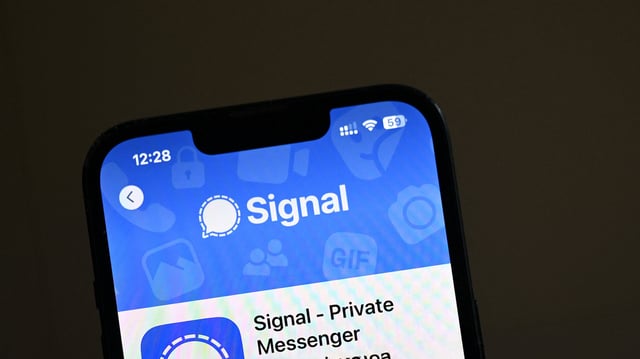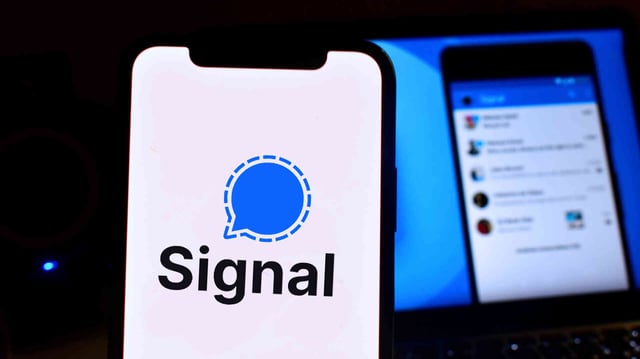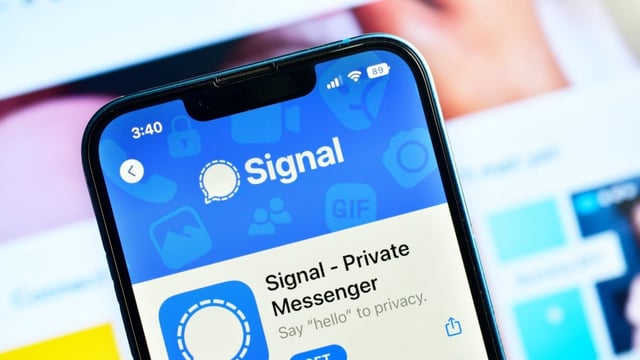Overview
- SPQR extends Signal’s Double‑Ratchet into a Triple‑Ratchet by generating new post‑quantum keys during ongoing conversations without replacing the existing asymmetric ratchet or the PQXDH initial exchange.
- Large post‑quantum keys are split across messages using erasure codes so recipients can reconstruct a key after receiving enough fragments, which resists targeted message dropping.
- For lopsided chat patterns, Signal introduces an incremental variant called ML‑KEM Braid so each side can produce fragments quickly even when one participant sends far fewer messages.
- Deployment starts in a backward‑compatible mode where older clients ignore authenticated SPQR data, downgrades are only allowed at conversation start, and Signal plans to require SPQR once adoption is widespread.
- Signal is pursuing assurance through peer‑reviewed research submissions to Eurocrypt and USENIX and continuous formal verification that translates its Rust implementation into F* to reduce implementation errors, with no expected changes to user experience beyond installing updates.



